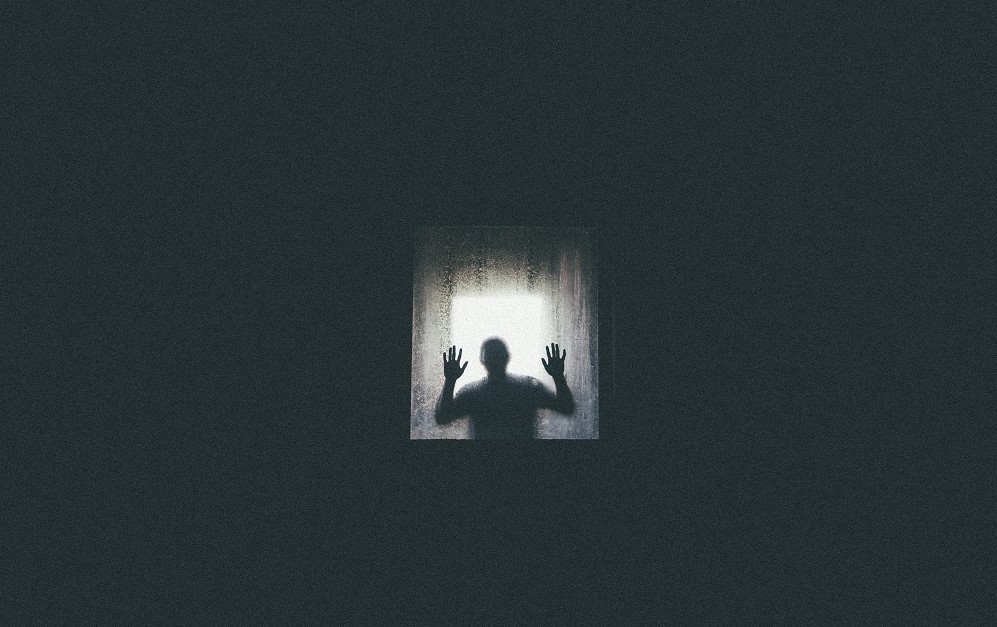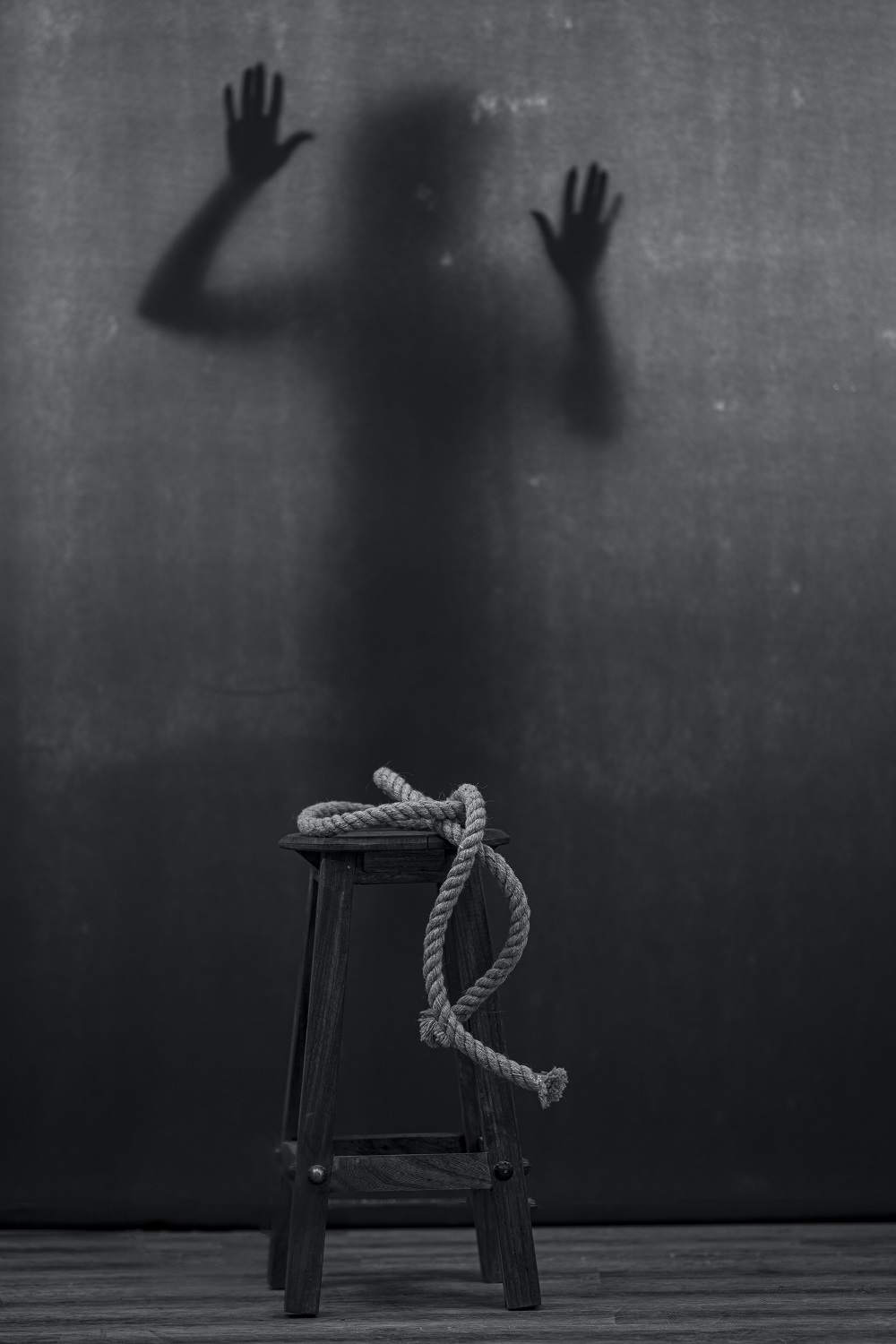By Priscilla Wiredu
Posted on November 5, 2021
TW: This article contains racial slurs, mentions of racism and Black death, and horror.

Anaconda, the 1997 thriller about a film crew exploring the Amazon rainforest and encountering an ancient murderous snake received average reviews and a good mix of good and constructive criticism. The buildup was good, the characters were smart, and the plot was interesting. But there was one thing that audiences did not catch that made this film a cult classic.
The character of Danny Rich played by Ice Cube, a Black actor and musician, survived until the end.
It might not seem to be an important fact, but it should be noted that until the 2017 film Get Out, Ice Cube was the only Black character to survive a horror movie to the end.
This is a harsh reminder for cinema lovers about how disposable Black characters are in the history of North American horror. The fact that such a racial milestone was achieved no more than 25 years ago makes us recount the racist undertones and tropes of Black people in horror.
The reasoning and the basics
A simple explanation for racism against Black people in horror films is that historically, white audiences do not wish to see Black people on the big screen for long periods. They would enjoy either seeing them being killed or entertaining their white counterparts in some way.

Black actors have very little representation in horror films. A 2014 study by San Diego State University’s Center of Women in Television and Film concluded that racial minorities received a significantly lower amount of representation in films than white people. Predominantly Black males were given the most recognition in horror films as the lead’s best friend or first victim. The lack of representation (and violent depiction of the fate of Black characters) generates harmful stereotypes about minority groups, leaving their culture out of discussions and storytelling.
Below are some of the major tropes of racism in horror concerning Black people.
The first to die
Black characters hold the cliché of always being the first to die within horror and thriller films. As the years progressed, Black characters went from immediately dying first to a large percentage dying towards the middle of the movie. A study by Complex stated that out of 50 horror films that had Black cast members, only 10 per cent died first in the film. The remaining ones, however, still died later on in the movie.

On top of that, the Black characters are given a striking lack of character development. In the study, Complex also noted that Black characters stand a greater chance of survival if they are either: a) coupled with a white woman near the end, b) if the entire cast is Black and, c) if the villain is a Black person. It has also been revealed that Black characters who survive the first film will most likely die in the sequel.
Blaxploitation films
The blaxploitation film is described as a low-budget, non-mainstream, US sub genre of film that had been released between 1970 and 1975. Black actors and actresses star in key roles and films were targeted toward Black urban audiences. Blaxploitation films have a range across many genres, from the crime film (Black Caesar, 1973), to the horror film (Blacula, 1972) and the Western (Boss Nigger, 1974).
One would think this allows fair representation of Black people in films and is diverse with its storytelling, but sadly that is not the case. Blaxploitation fetishizes and propagates harmful stereotypes of Black men and women. The characters of these films are strong protagonists with anti-authoritarian attitudes, take place in Black urban settings, and depict rhythm and blues soundtracks. These films also have specific fashion dress codes of Black people during the ‘70s, excessive foul language use, high levels of violence and graphic sex scenes.
The film Blacula is seen as a cult classic in regards to social commentary on how even ‘Black-centered’ films are still inspired by white ideals of Black stereotypes. For instance, in the film, the titular character Blacula’s origins involve a fight against a white vampire who enslaves him to an eternity as a vampire, depicting the action of a strong Black man being subdued by a white man, yet he is then seen as the main villain. The female protagonist, Tina, starts falling for this violent entity, and he coaxes her to join him in the afterlife, depicting the stereotype that Black women always fall for dangerous and abusive Black men. Blacula goes around biting and infecting people, including a gruesome scene where he attacks a white woman. This scene is pivotal because it enacts the racial trope where Black men are always seen as a threat to white women. The fact that she becomes a vampire reiterates the degrading saying “Once you go, Black, you never go back”.
Themes and plot devices
The representation that racial minorities receive in horror films usually comes from using their culture as plot devices or structures to scare/guilt the white characters. For example, with Indigenous culture, things such as the “Indian burial ground” or “medicine man” are common devices in horror films, which generates a stereotype to scare and disgust the white audience. These are seen as revenge films since they start out as Indigenous communities having their land stolen and horrific consequences follow suit. They are not portrayed as an active, progressive part of the world, but rather a mythical background of the unknown, ethnic evil that threatens the white protagonists’ lives.
The Mythical Negro
This token character is usually seen as a Black, older character who is the all-knowing aide to the main characters, who are white. The Mythical Negro’s mission is to offer wisdom to the main characters and heed warning of the realities of horror they are going to face. They do all they can to ensure white leads survive the ordeal and other obstacles along the way. These characters are seen as affectionate, lovable and witty. Their screen time is also cut tragically short, usually during a gruesome death scene, which makes the protagonist more determined to defeat the evil. The Mythical Negro’s death is seen as an important turning point for the plot, giving the illusion that the death of a Black character is highly important in a horror film.
The problem with this trope—aside from the term—is that it still portrays the stereotype that Black people are viewed as sentimental value. They are still seen as the mammy or servant whose life is centred around caring for the white characters. It doesn’t matter how wise they are or how much the white protagonist likes them, they are killed off and are left as distant memories. A strong example of this is the character of Dick Halloran from the 1980s horror icon The Shining, where he befriends the child because he, too, has psychic ability, and plays the role of a father in telling Danny how to control it and that he and his mom are in danger. He is gruesomely killed by Jack later on in the film after attempting to rescue Danny.
Even when making the right decision, Black people are still on the receiving end of unfair treatment. The 1997 sequel Scream 2 depicted a scene where the white main character and her Black girlfriend, Hallie, are running away from Ghostface who was incapacitated in a car. The white character wants to go back and unmask him, but Hallie urges her to get away while they can. The character checks the car and does not find Ghostface. Ghostface appears behind Hallie and slits her throat, leaving the character devastated and Hallie another film statistic, despite her being the one who tried to save her girlfriend.
Addressing racism: what has been done and what else can be done
In recent years, many directors have been attempting to address issues of race and the exploitative power that horror films possess. Indigenous and Black directors, screenwriters and actors have begun using the horror genre to bring awareness of issues of racism and violence to main audiences.
They use the symbolic and graphic nature of the horror film as a platform to express their uncensored views and break through the white-centred perspective to instil a more authentic, and diverse setting. The portrayal of minorities as lead roles in horror films has been a success as of recently, but there are still opportunities for directors to explore in respect to the historical mistreatment of Black people in the horror genre. Through this, we can explore the multiple perspectives and insights of diverse characters and see their lived experiences. Filmmakers can also display societal horrors, themes and traumas that these groups face, finally giving the underrepresented a forum to discuss the issues and paving the way to revolution.
Priscilla Wiredu is a writer for this year’s Black Voice project. An alumni of York University, she graduated with Honors where she studied Social Sciences. She then went on to get an Ontario Graduate certificate in Creative Writing from the Humber School for Writers, and a college certificate in Legal Office Administration at Seneca College. She is currently studying for the LSAT in hopes of going to law school. Her main goal as a Black Voices writer is to ensure Black issues and Black Pride are enunciated through her works.


whoah this blog is wonderful i really like reading your articles. Keep up the great paintings! You realize, a lot of people are hunting round for this info, you could help them greatly.